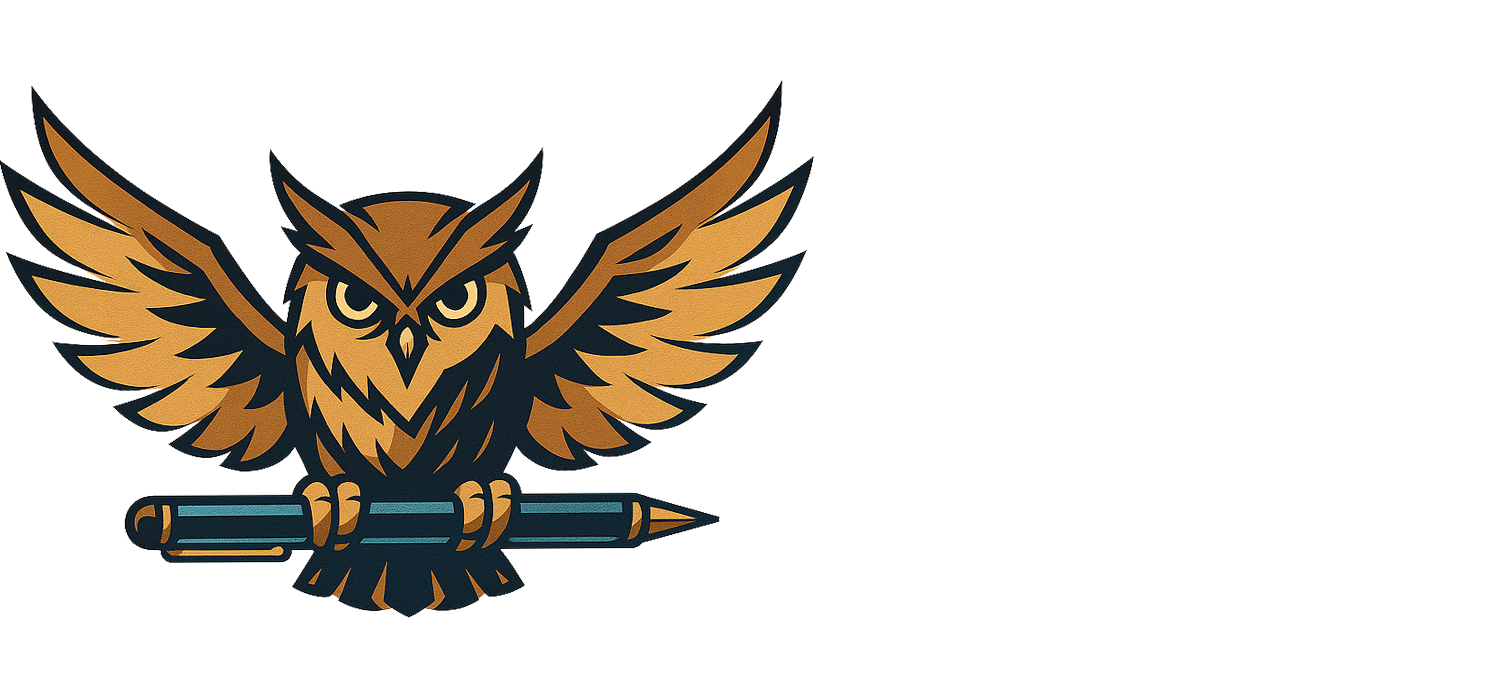Skill Focus – Backstory Without Breaking Momentum
Because we want to know what happened before—but not if it stops what’s happening now.
✨ Welcome to the Narrative Time Machine
You’ve got a backstory. It’s deep. It’s juicy. It explains everything about your character’s fears, choices, and loyalties.
But if you press pause mid-scene to tell us all about it?
💥 You break tension
🧭 You disorient the reader
📉 You lose momentum
This skill teaches you to blend backstory in ways that fuel the scene, not freeze it.
🧠 What Makes Backstory Work (or Not)?
Bad backstory feels like:
A Wikipedia entry
A flashback that hijacks the narrative
A monologue that answers questions we didn’t ask
Good backstory feels like:
Emotional context for the current moment
A flicker of memory that deepens tension
A detail that reframes what the character just did or said
🛠️ Try This Rewrite Drill
Here’s a momentum-breaking insert:
“He stepped into the bar. The smell of bleach hit him. He remembered the night his father left—the fight, the broken glass, the rain on the sidewalk. He’d been six. He’d never cried.”
You can almost feel the brakes.
🎯 Rewrite it to preserve movement:
Anchor the memory in present action
Use it as emotional charge, not interruption
💡 Tip: Treat backstory like seasoning, not sauce.
🎯 Quillwyn’s Backstory Blender Checklist
Ask:
Does this memory heighten the current moment?
Can I deliver this through sensation, image, or voice instead of exposition?
Is the memory triggered by something in the scene?
Can I fragment or delay the backstory instead of dumping it all at once?
The past should echo inside the present—not smother it.
🧪 Bonus: Dialogue and Flash Reactions
Try these subtle delivery methods:
A line of dialogue that hints at the past
A brief physical reaction (flinch, tension, silence)
A symbolic object, sound, or smell that resurfaces memory
You don’t always need a flashback. Sometimes one gesture says it all.
💬 Need Help? Ask Quillwyn!
Paste your scene and say:
“Can you help me weave this backstory in without stopping the action?”
She’ll help you time it, trim it, and tether it to the scene so it deepens the moment—not derails it.
